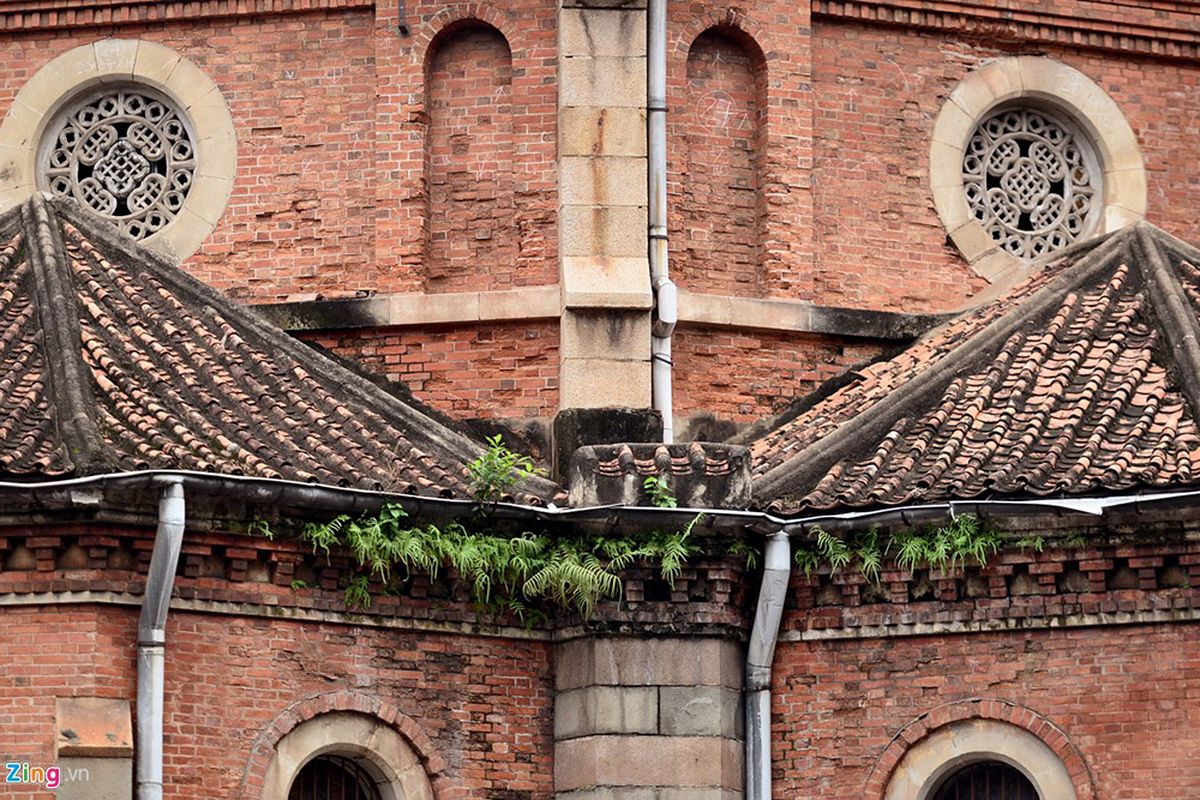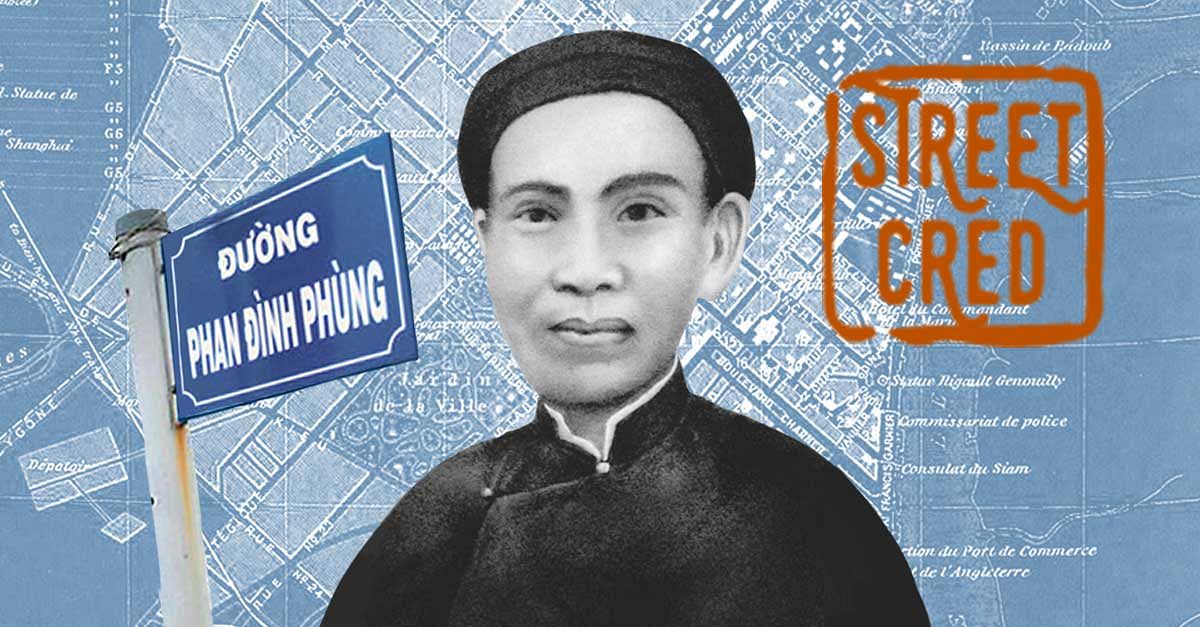Local parks such as the Jardin d’Espagne and Jardin de la Ville, now Tao Dan Park, were a focal point of Saigon’s early urban development. But no green space carried such significance as the Jardin Botanique et Zoologique de Saïgon, the colonial moniker for Thao Cam Vien Sai Gon.

The Saigon Zoo's entrance in 1967.
The zoo was commissioned in 1864 and opened to the public on February 17, 1869, making it one of the world’s oldest. In 1864, then Governor of Indochina Pierre-Paul de La Grandière ordered French army veterinarian Rodolphe Alphonse Germain to establish the Jardin Botanique et Zoologique de Saïgon (The Saigon Botanical and Zoological Garden), the Saigon Zoo's earliest existence.
According to historian Tim Doling, much of the zoo and botanical garden’s early development was thanks to Jean-Baptiste Louis Pierre, a skilled botanist who also designed the city’s “green lung” — the parks between the zoo and the Reunification Palace. The garden was, foremost, an institute for nature research and then, for economic advancement through agricultural cultivation of rare plant varieties.
Under his auspices, the zoo and botanical gardens were filled with animals and plants from India, Laos, Cambodia and present-day Thailand. By 1877, Louis-Pierre had “gather[ed] what became one of the largest and richest tropical plant collections ever amassed by a single individual.” Pierre's work on plant breeding also gave birth to many superior cultivars of coffee, mango and sugar cane, among others. A bust of the botanist was installed in a 1994 renovation.

Day trippers crowding over a bear exhibit in 1970. Photo by Carl Nielsen.

The Art Deco greenhouse in modern-day Saigon Zoo.
Sadly, much of the facility’s sheen has worn off through overhauls and the apparent lack of a master plan. Over the course of the last few years in particular, the zoo has morphed into a mishmash of gardens, animal enclosures, Ferris wheels, bumper cars, kiddie pools and snack shops. Its identity is seemingly undergoing a shift towards an amusement park, as green areas are slowly being filled in with rides and shops.


In efforts to make a profit, park management has installed attractions like bumper cars and a Ferris Wheel.
There are still a few corners of the zoo that retain some of its original character — crowned by the Art Deco orchid house made from concrete and reinforced steel and nearby colonial-era office.

The primate exhibit of the Saigon Zoo today.
Despite its shortcomings, it remains arguably Saigon’s most impressive green space. On holidays and weekends, families flock here to picnic and enjoy some relatively fresh air, making it an important civic landmark in a city generally devoid of parks. For those not interested in navigating crowds, on any given weekday the zoo is nearly empty, and though the conditions the animal are kept in is something of a downer, the dense thickets, tall trees, ponds and quiet make it a special place which one we should not take for granted.

Despite its dereliction, the Saigon Zoo is among the few green spaces left in metropolitan Saigon.
















